
Directorate of Wheat Development, Gurugram
The report presents the R&D highlights of ICAR-Indian Institute of Wheat and Barley Research for the calendar year 2020. DWRB 182: latest two-row malt barley cultivar developed at ICAR-IIWBR.

(PDF) LongTerm Response of ZeroTillage Soil Fungi, Nematodes and Diseases of RiceWheat
This research follows the earlier breakthrough by the Moore group at the John Innes Center in identifying the wheat gene (ZIP4) responsible for correct chromosome pairing and preservation of wheat.

Directorate Of Wheat Development Recruitment 2022 Out Salary Up to Rs. 40,000/ Apply Now!!
Find 15 researchers and browse 3 departments, publications, full-texts, contact details and general information related to Directorate Of Wheat Research | Karnāl, India | DWR
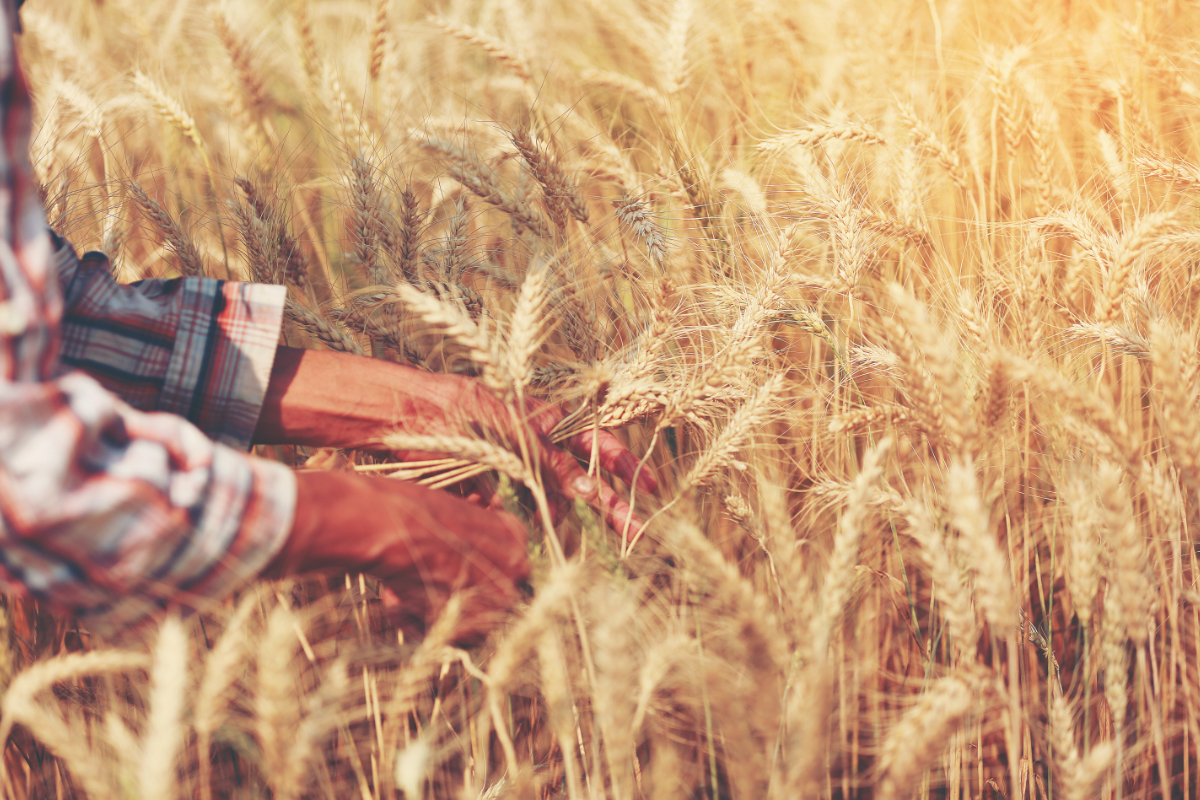
Grain Craft funding wheat quality, yield research 20190213 Baking Business
Wheat straw is used as fodder, padding material and mulching material. Wheat is grown in India on an area of about 31 Million ha. with a production of 95.91 Million tonnes and productivity of 3.1 t/ha (2013-14). Analysis of area, production and productivity of wheat during the last decade (1999-2k to 2013-14) indicated that the major wheat.
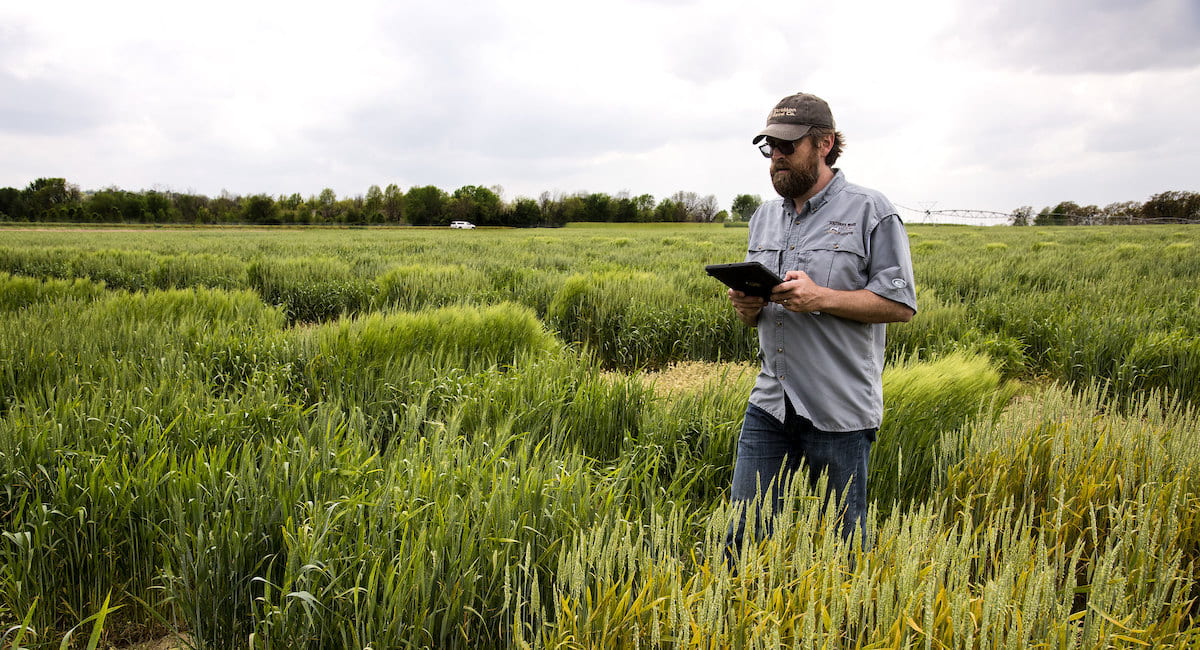
Division Wheat Research, Breeding Aimed at Head Scab Resistance Arkansas Agricultural
In this process the establishment of the All India Coordinated Wheat Improvement Project (AICWIP) in 1965 by the ICAR. The AICWIP was elevated to the status of the Directorate of Wheat Research in 1978 and in 1990 it moved from IARI, New Delhi. In 2014, it became an institute, ICAR-Indian Institute of Wheat and Barley Research (IIWBR).
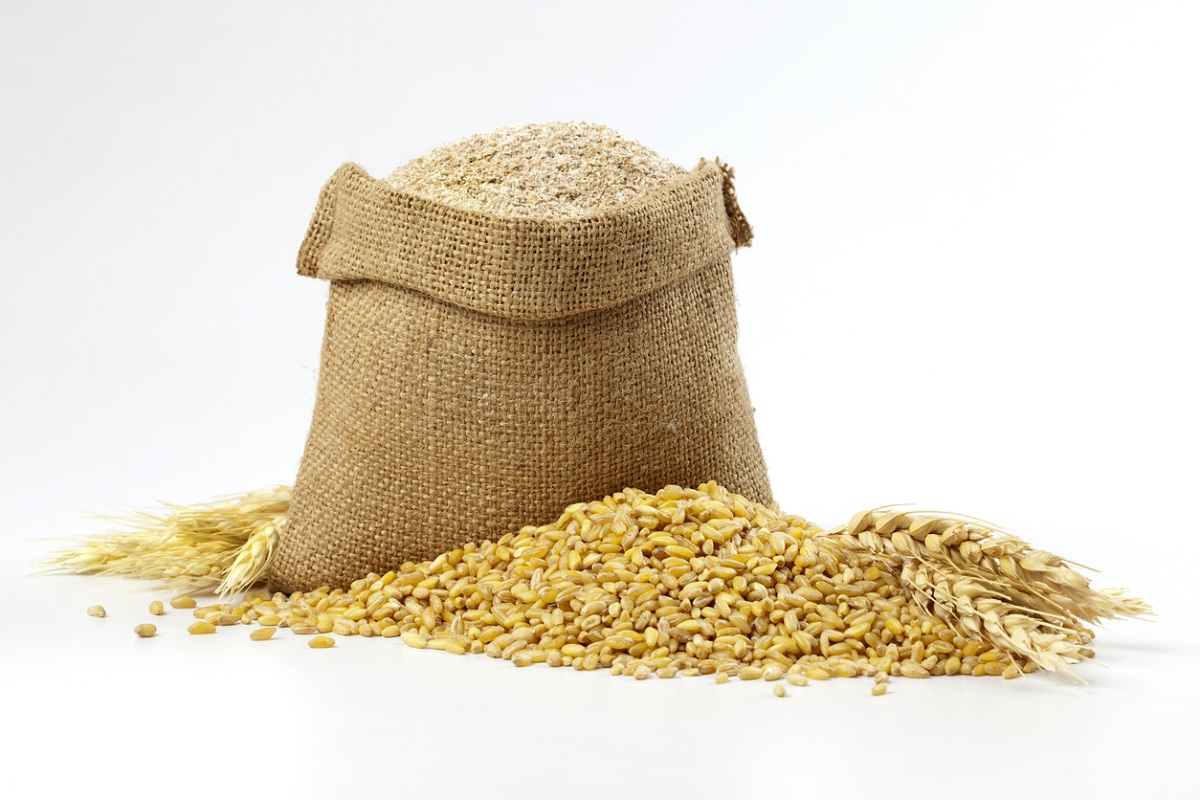
Stranded wheat The Statesman
In 2021, WHEAT co-funded 'A "more ammonium solution" to mitigate nitrogen pollution and boost crop yields,' which points to Biological Nitrification Inhibition to foster soils with a more even mix of nitrogen sources, including the less-chemically-reactive compound, ammonium. Scientists investigated dietary adaptation mechanisms to.

Directorate of Wheat Development
Wheat is the second most important foodgrain in India after rice. The Directorate of Wheat Research (DWR), Karnal through its national network of research centres has developed large number of improved wheat and barley varieties and their production-protection technologies for different agro-climatic zones in the country. Despite the last few

Directorate of Wheat Development
The AICWIP was elevated to the status of the Directorate of Wheat Research in 1978 and in 1990 it moved from IARI, New Delhi, to its present location at Karnal, 130 km north of Delhi along with two regional stations located at Flowerdale, Shimla and Dalang Maidan (Lahaul valley). In 2014, it became an institute, ICAR-Indian Institute of Wheat.
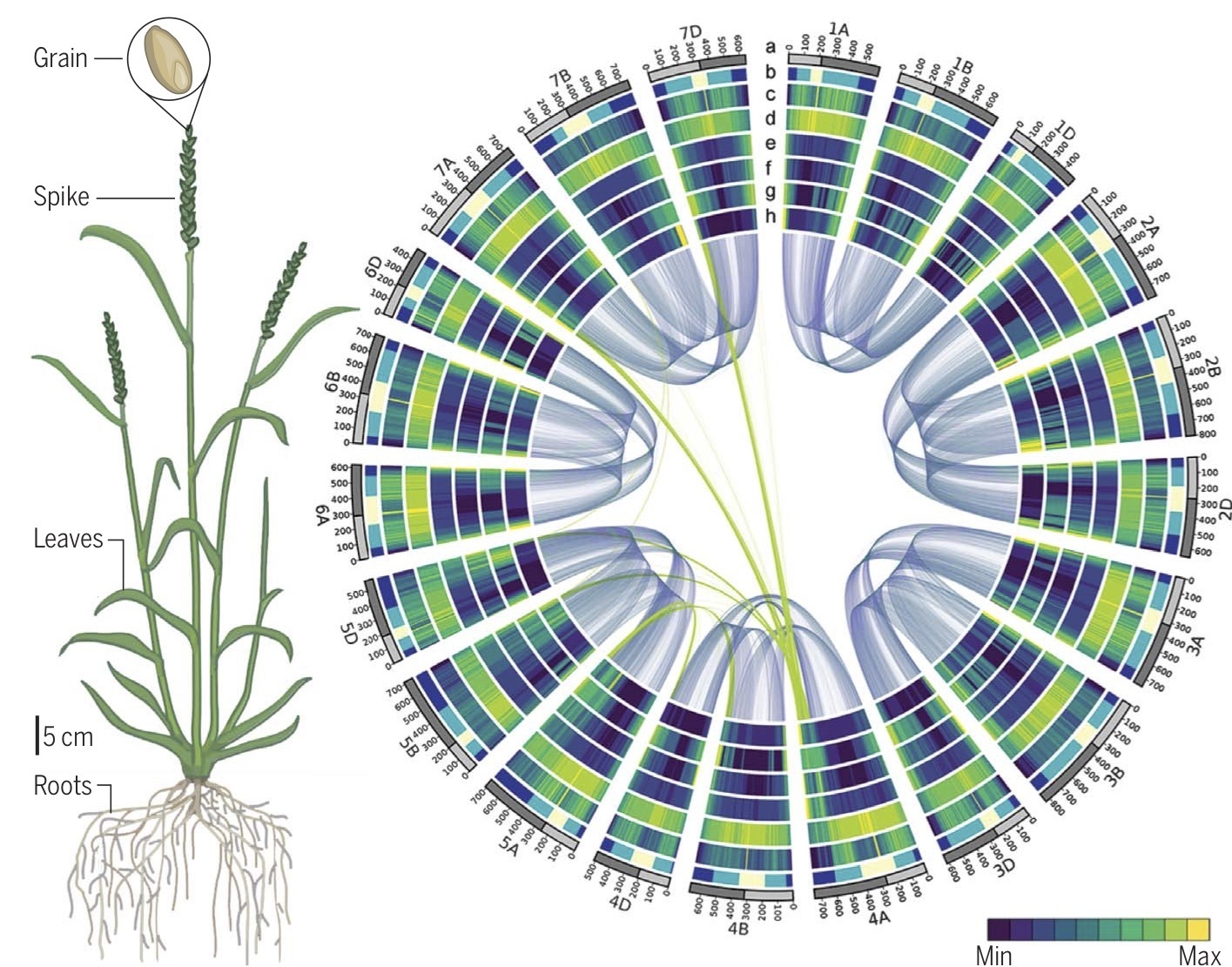
Shifting the limits in wheat research and breed...
Here, we studied the effect of pre-treatment of wheat dry seeds with different doses of gamma irradiation (0.20, 0.25 and 0.30 kGy) on tolerance level and quality of developing wheat endospermic.
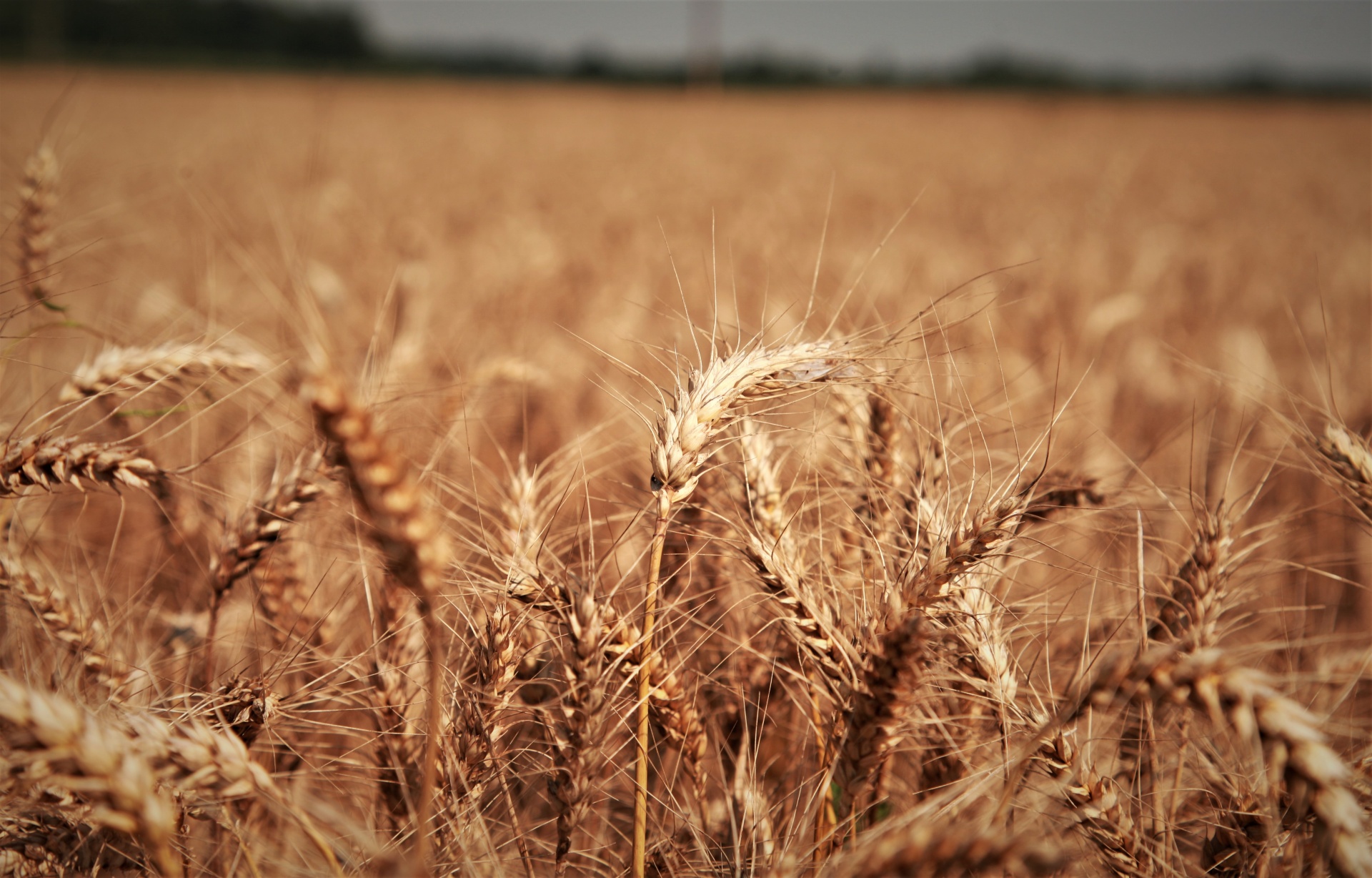
Wheat Field Free Stock Photo Public Domain Pictures
Wheat, the second most important cereal crop is a major source of daily calorie intake. Wheat was planted on an area of about 29.72 mha in the country with a record production of 98.61 mt during.
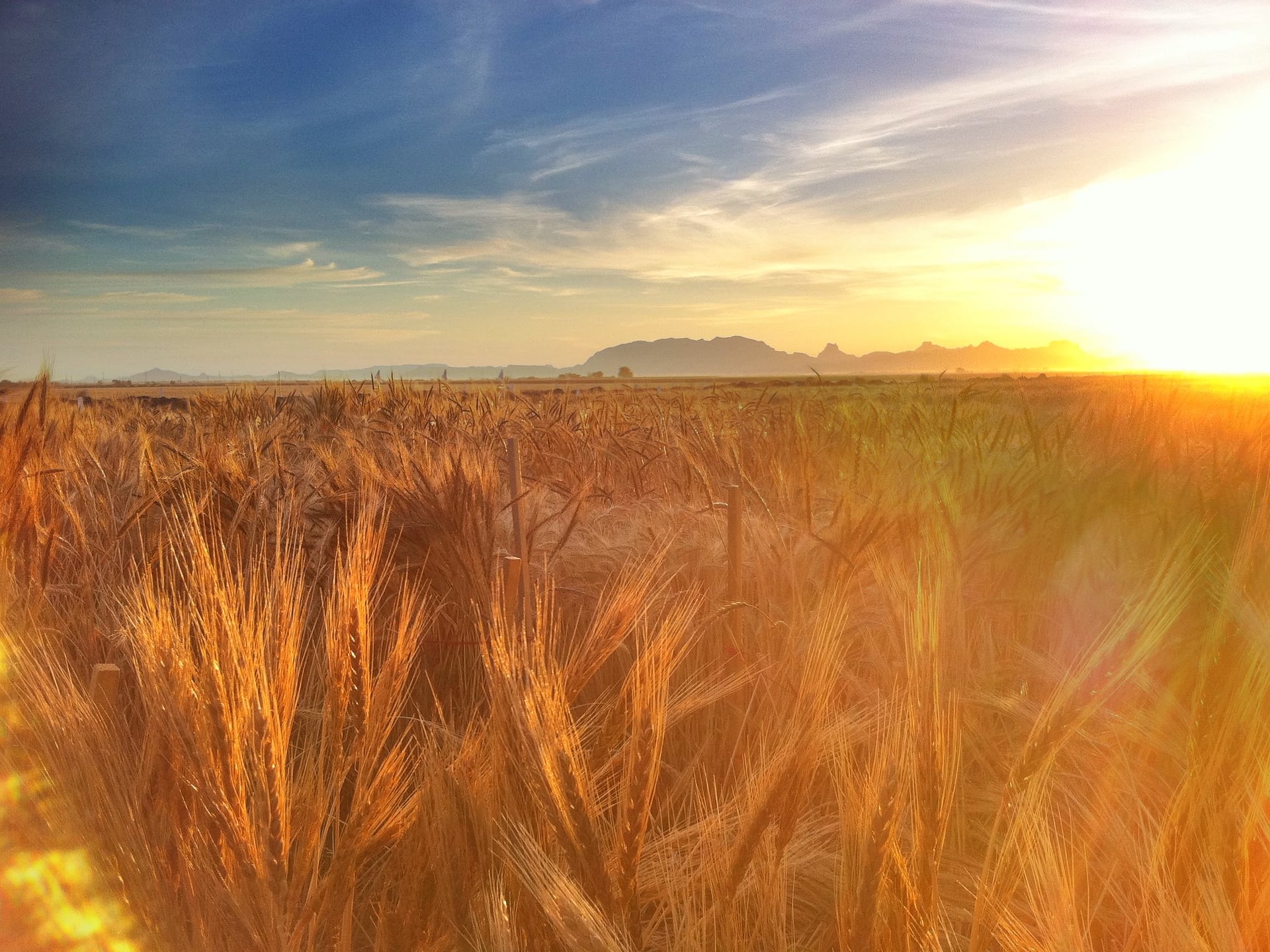
“Better, faster, equitable, sustainable” wheat research community partners join to kick off
Specific blocks were identified through previous block survey analyses and related trial data through the Directorate of Wheat Research (Karnal) and CSS Haryana Agricultural University. Climate data. Analysis of the long-term maximum temperature data from 2 representative sites in Haryana.
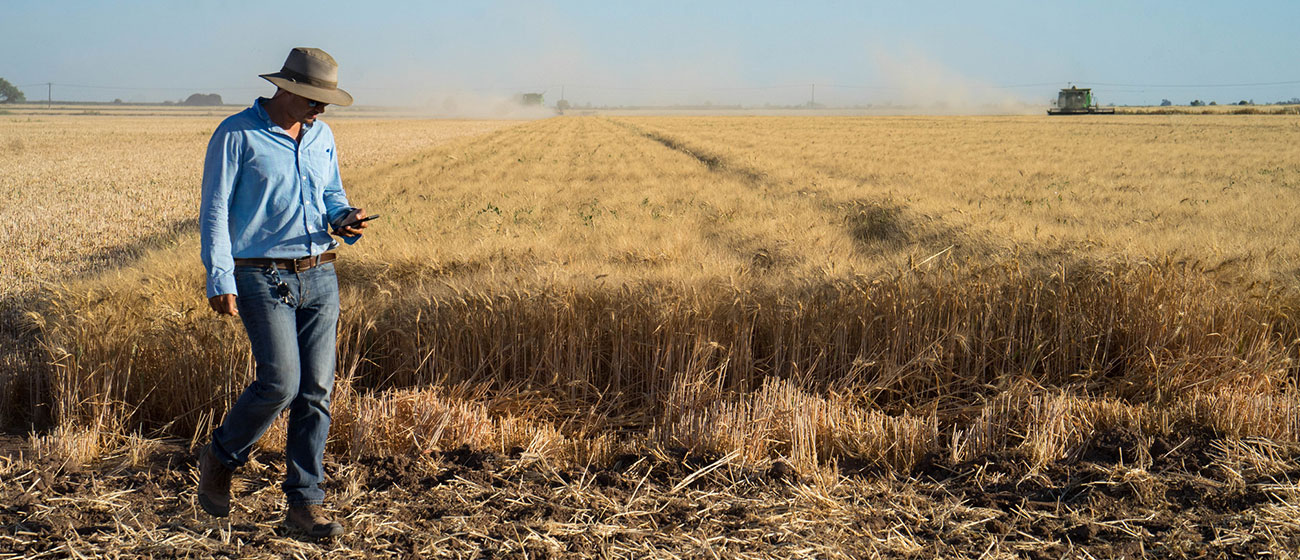
Wheat research CIMMYT
Directorate Of Wheat Research | 5 followers on LinkedIn. In Addition To The Headquarters At Karnal, Iiwbr Also Operates A Regional Research Station At Flowerdale, Shimla (Established In 1930.
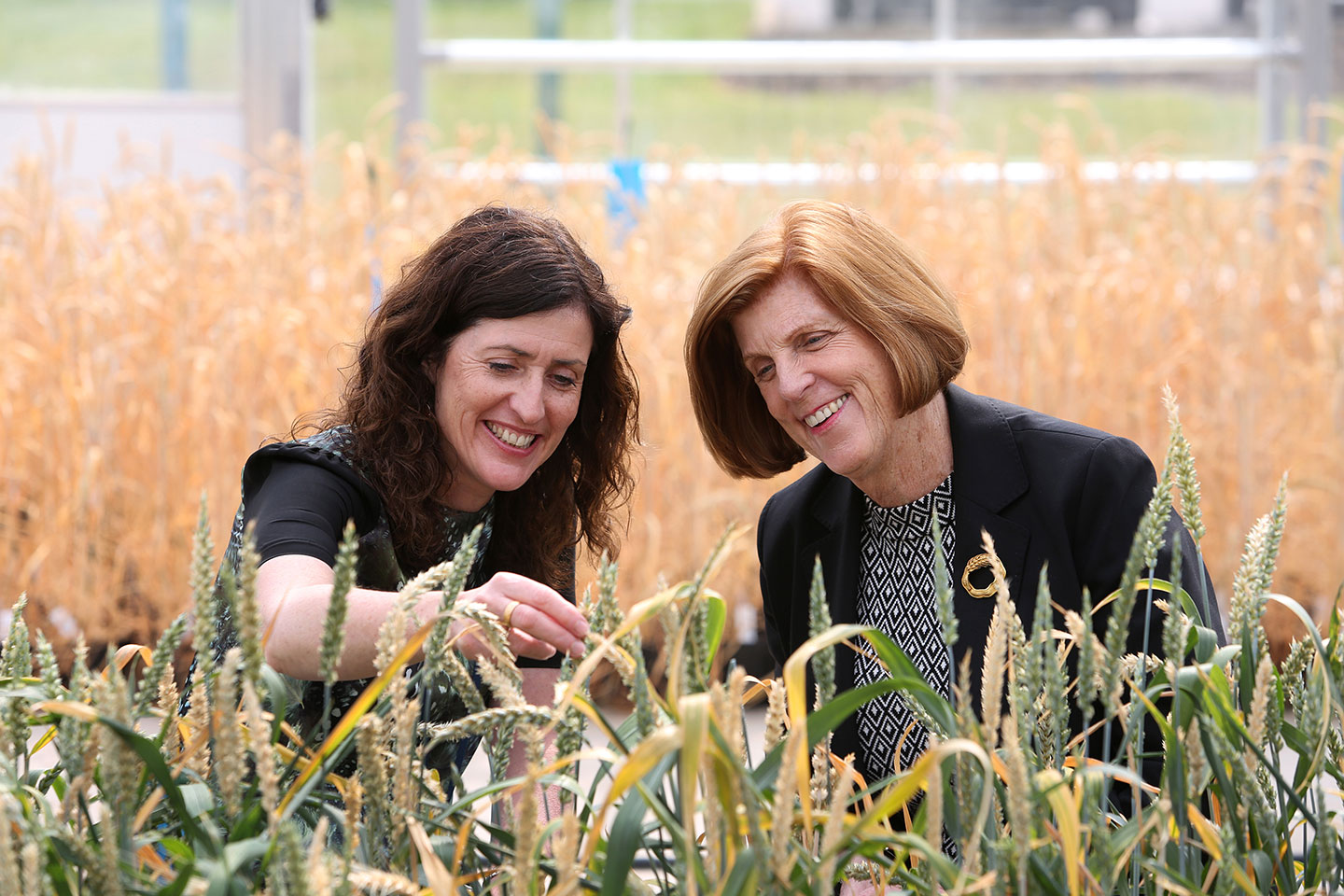
Back to the 'wild' Nottingham BBSRC Wheat Research Centre opens The News Room
GFAR - The Global Forum on Agricultural Research and Innovation. c/o FAO, Viale delle Terme di Caracalla, 00153 Roma (IT) [email protected]
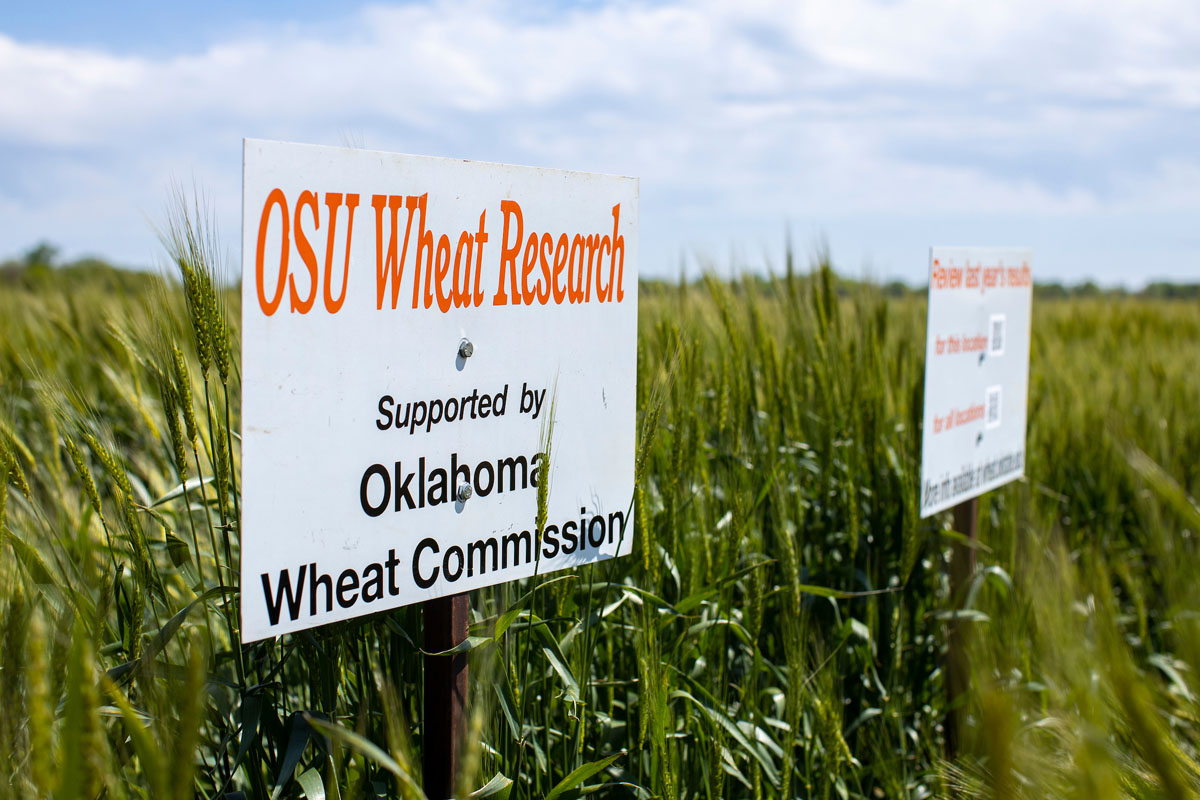
Wheat Report Oklahoma State University
Wheat is a major staple food crop for food security in India and South Asia. The current rate (0.8-1.2%) of genetic gain in wheat is significantly shorter than the 2.4% needed to meet future demand. The changing climate and increased yield loss due to factors such as terminal heat stress necessitate the need for climate-resilient practices to sustain wheat production. At ICAR-Indian.

To Swami Kheswanand Rajashan Agriculture University, Bikaner
Directorate of Wheat Research, Indian Council of Agricultural Research, Karnal 132 001 Haryana, India G. Ortiz Ferrara CIMMYT South Asia Office, Kathmandu, Nepal R. P. Singh Centro Internacional de Mejoramiento de Maı´zy Trigo (CIMMYT), Apdo. Postal 6-641, C.P. 06600 Mexico, DF, Mexico 123
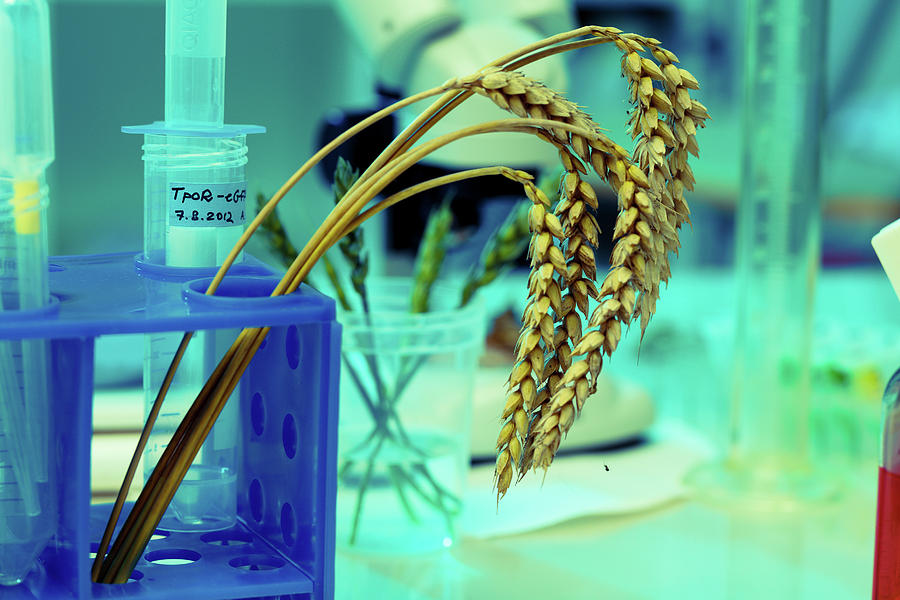
Wheat Research In Lab Photograph by Wladimir Bulgar Pixels
During 2019-20 crop season, India harvested record wheat production of 107.19 mt from an area of 30.5 mha thereby registering an all-time high productivity. The most serious fungal diseases which affect wheat production are rusts, spot blotch, Karnal bunt, head scab, powdery mildew, flag smut and loose smut. Recently outbreaks of Fusarium head blight (FHB) or head scab of wheat caused by.